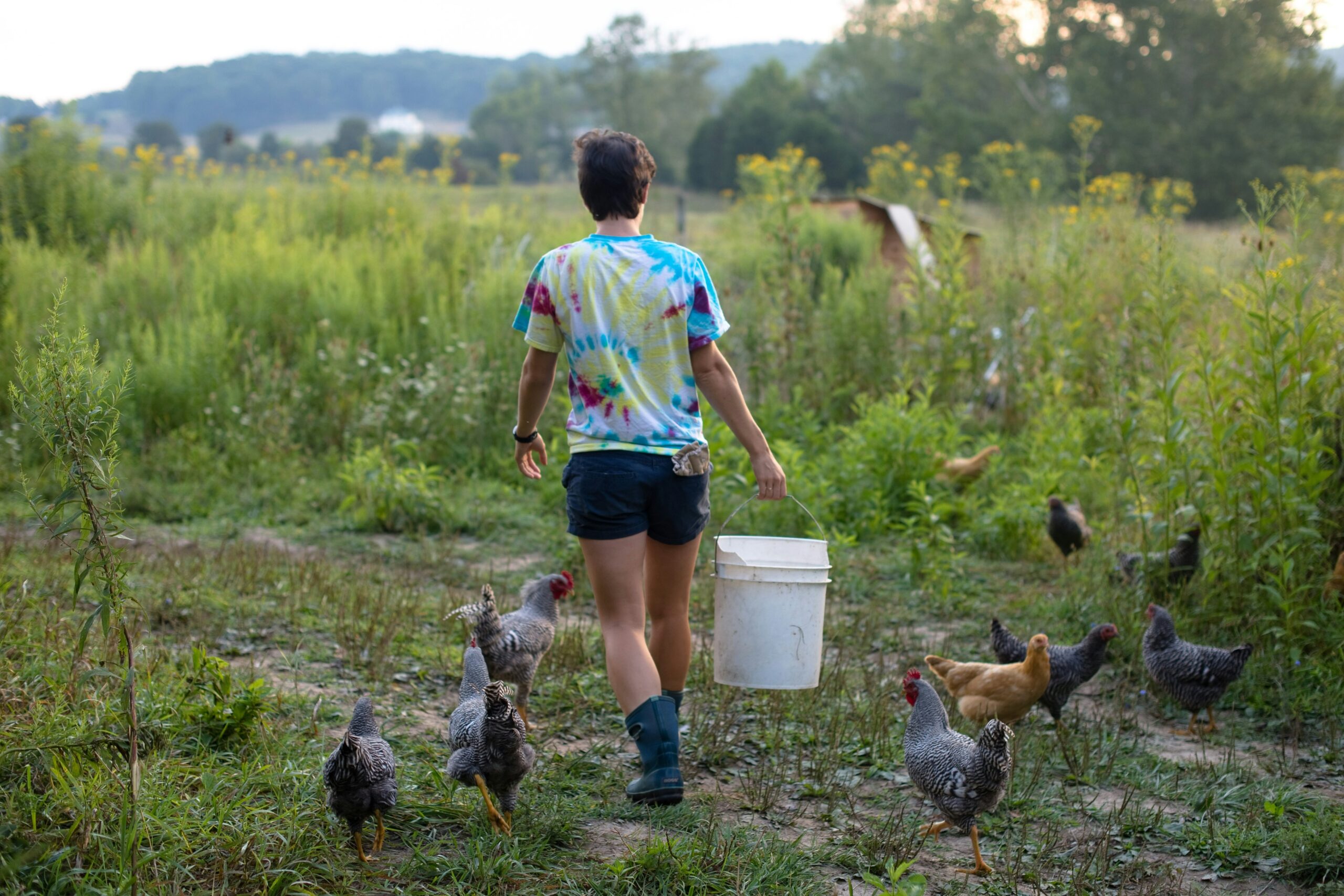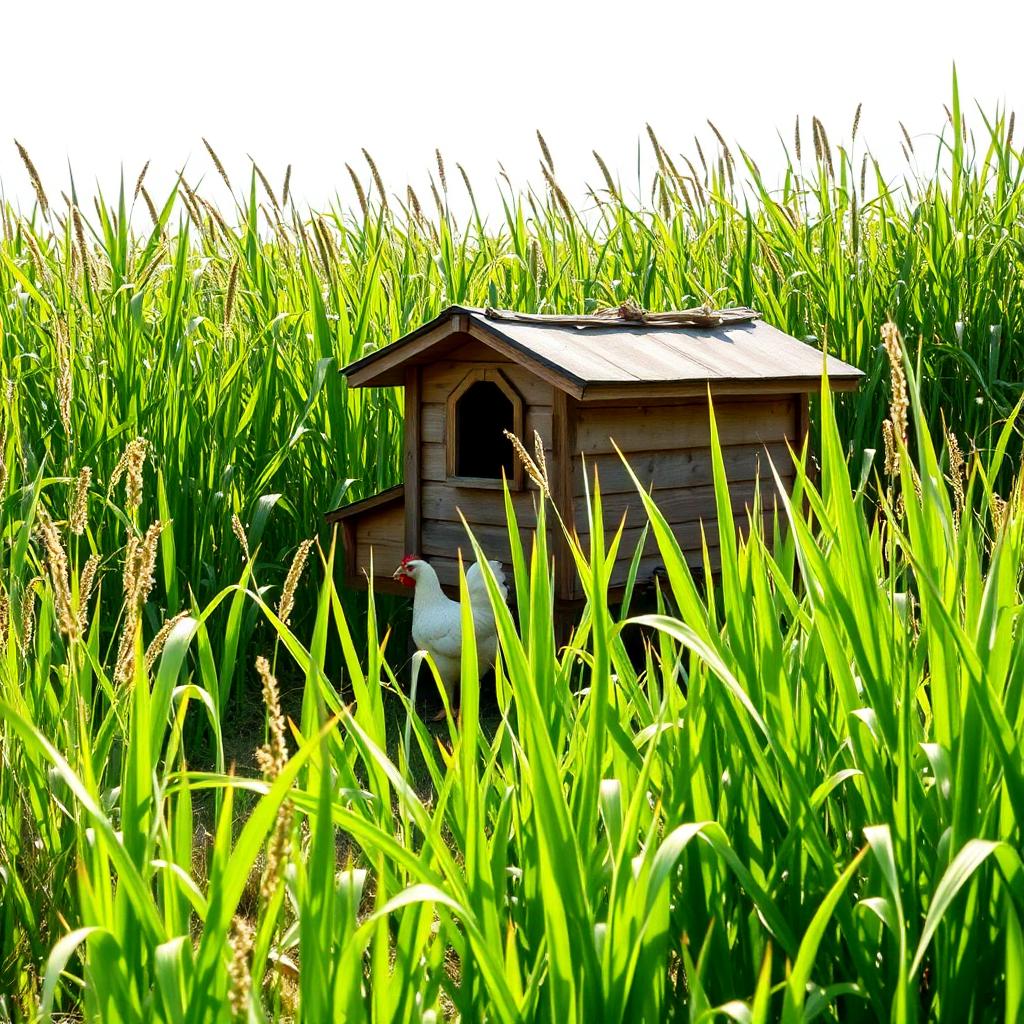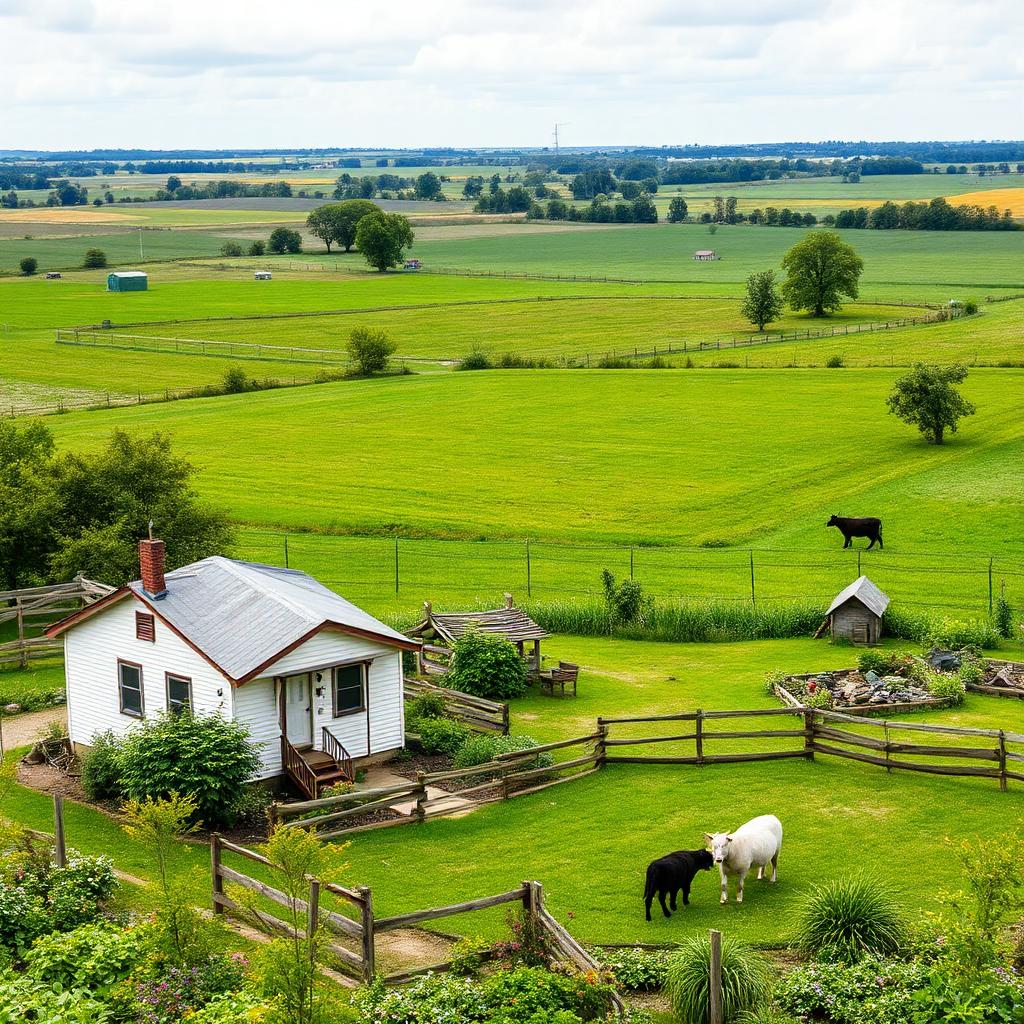Homesteaders in Iowa, while seeking a hand in sustainability and self-sufficiency, often venture to find practices that maximize resources and minimize waste. One of the exciting and growing practices is known as vermiculture (worm farming). Worm farming has multiple benefits, from enhancing your garden mix to overall food waste reduction. This blog article will detail a brief history of vermiculture, benefits, and a few tips to get you started on your homestead!

A Brief History of Vermiculture
The utilization of worms for soil enhancement goes back thousands of years. Evidence shows that the Egyptians utilized earthworms for their enhancing capacities at least 4000 years ago. Aristotle called earthworms “the intestines of the earth,” mainly because of their role in building nutrients back into the soil.
In the modern world, Dr. Thomas J. Barrett increased awareness of the agricultural benefits of vermiculture in the mid-twentieth century. Farms and gardens around the world have since utilized worm farming to increase the overall health of soils naturally. Vermiculture has evolved as an important aspect of both sustainable living and organic farming, and fits right into the Iowa homesteading movement!
Why Grow Worms on Your Homestead?
Improve Soil Quality
Earthworms, such as the red wigglers used in vermiculture, are incredible organisms with the ability to improve soil structure and fertility. Their digestive process breaks down organic materials into castings (vermicompost), which is a natural fertilizer that is rich in nutrients. Vermicompost will improve aeration, improve soil moisture retention, and provide nutrient-rich soil that promotes healthy plants.
Reduce Food Waste
Vermiculture is a great choice to manage food scraps and organic waste, specifically kitchen scraps, into productive composting instead of being sent to landfills. This significantly reduces food scraps that go in landfills and subsequent methane emissions from the organic material, while also contributing to a sustainable landscape.
Save Money on Fertilizers
Making your own vermicompost eliminates the need to purchase commercial fertilizers, saving you money while also encouraging you to adopt organic gardening practices. It can be a great addition to a vegetable garden, fruit trees, flower beds, or houseplants, which is great for someone homesteading in Iowa.
Pest and Disease Protection
Vermicompost will not only feed your plants, but it will also increase disease and pest resistance, which will also promote less dependence on pesticides. The beneficial microbes that come from the castings of worms promote healthy plants by preventing pathogenic growth, as well as promoting fewer chemical applications overall.
Educational and Engaging
Worm farming can be an educational experience for families and teach kids about biology, ecology, and sustainability. This project provides an experientially satisfying engagement with nature and offers children a model of being responsible stewards of the environment.
Getting Started with Worm Farming
Getting started with vermiculture is easier than you may think. Here is a step-by-step guide for Iowa homesteaders to create a working worm farm:
Choose Your Worms
Typically, the red wiggler worm (Eisenia fetida) is used for vermiculture as it is the most effective in breaking down organic waste. You can find them at home improvement or farm stores locally, or buy online.
Create a Worm Bin
Worm bins can be made of plastic, wood, or other recycled materials. Typically, a depth of about 8–12 inches is ideal for a worm bin. It should have holes drilled in the bottom for ventilation as well as drainage holes when you add your scraps. If you feel crafty, you can create a bin from reclaimed materials, saving some money!
Prepare Bedding
Bedding can consist of shredded newspaper, cardboard, leaves, or coconut coir that has been moistened to make it feel similar to a sponge that has been dampened. The bedding is where the worms will live, and it will start the worms’ digestive process.
Add Your Worms and Food Scraps
Next, add the worms to your bedding in the bucket, waiting a few days before you add food scraps. You should start by adding small amounts of food scraps each week, such as fruit and vegetable peels, coffee grounds, and eggshells. Meat, dairy, and oily foods, as well as citrus, are not recommended for worms to digest.
Maintain the System
The worm bin should be kept in a cool, shaded spot so the worms don’t get too hot, and moisture levels should remain damp, but not sopping wet. Occasionally, turn the bedding to aerate it, and add new bedding as needed.

Harvesting Vermicompost
After a period of time, the organic waste will be converted into dark, nutrient-rich vermicompost. To harvest the vermicompost, push all of the existing compost matter to one side of the bin and add fresh bedding material to the opposite side. Worms will naturally migrate from old food to fresh bedding. Once you have completed harvesting the compost, you’ll have access to a valuable resource on your homestead gardening journey!
Working with worms and vermiculture represents self-reliance, sustainability, and conservation that define the Iowa homesteader lifestyle. Vermiculture allows you to grow worms, which enhances your soil and gardens, while simultaneously minimizing your waste and impact on the environment. In addition to all that worms can offer, this simple but effective activity will invest in a healthier and more sustainable and liveable environment for everyone, which is invaluable.





Leave a Reply